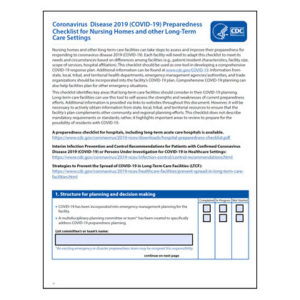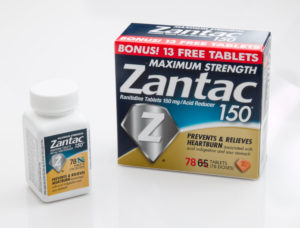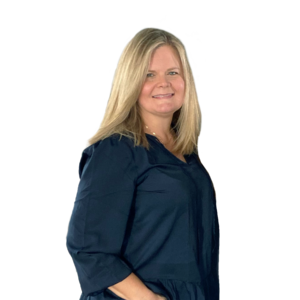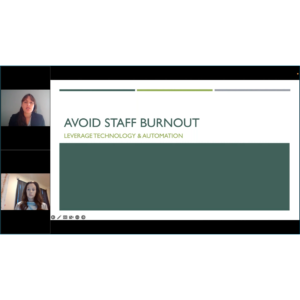Curbing Opioid Abuse and Diversion in Long-Term Care Facilities
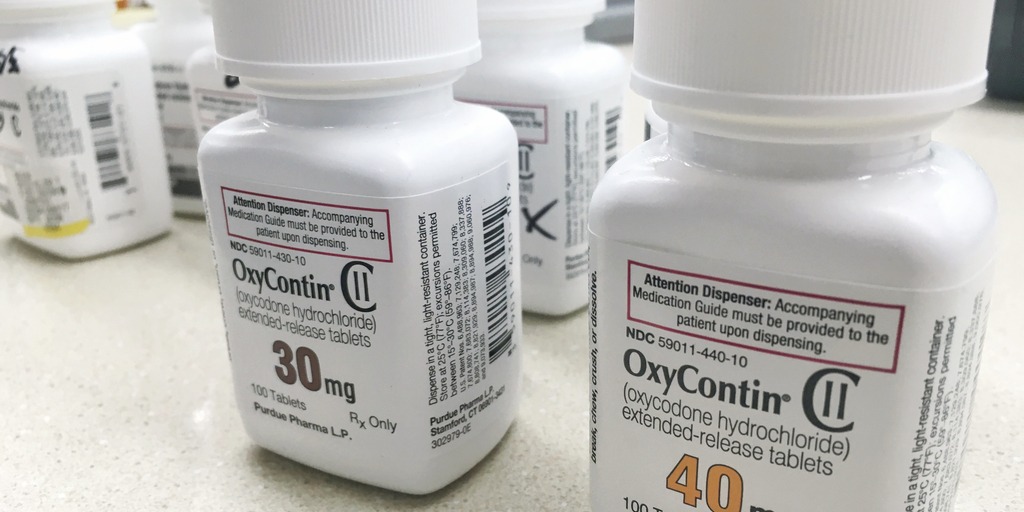
Senior care facilities are not immune to complications related to the opioid crisis.
The evening news often carries dire reports from the front lines of America’s opioid crisis. The problem only seems to be growing as more people become addicted to these powerful painkillers that have been frequently overprescribed.
Seniors living in long-term care facilities and other senior living facilities are not immune to the pernicious reach of these drugs. According to a 2017 study from the University of Massachusetts Medical School, about one-third (33%) of long-stay residents used any opioid, with 14.5% using opioids long-term.
Not all of these opioids that are prescribed reach their intended destination. The 2019 Diversion Digest report issued by Protenus, a Baltimore-based purveyor of an artificial intelligence–driven healthcare compliance analytics platform, noted that 47.2 million doses were lost due to healthcare employee misuse or theft in 2018. Ninety-four percent of these diversions involved opioids and long-term care facilities accounted for 18% of all drug diversion incidents. “However, compared to last year’s report, the number of incidents we analyzed occurring in long-term care settings has decreased by nearly 46%, from 27% in 2017 to 17% in 2018.”

Huan K. Nguyen, R.Ph., vice president of business development, long term care with Swisslog Healthcare
This is good news, but a zero diversion rate should be the goal. The temptation to steal excess doses of opioids to sell on the black market can be very great for senior care workers who may be making only minimum wage and struggling to make ends meet. Other staff members may be dealing with addiction themselves and steal opioids for their own use.
In fact, 11% of seniors surveyed in 2018 by Stericycle, a medical waste services company, indicated that they had experienced drug diversion issues with staff while living in long-term care facilities.
So what can you do to prevent such diversion and keep all medications in your facility safer? Huan K. Nguyen, R.Ph., vice president of business development, long term care with Swisslog Healthcare, a supplier of solutions and services for medication management, says there are several ways you can improve your facility’s management of not just opioids but all potentially dangerous medications.
- Understand the issue. Before he worked for Swisslog, Nguyen was a consulting pharmacist for a couple nursing home chains and says that the average long-term care patient is on 13.5 medications, about a third of which are opioid painkillers. Managing these medications can be a bigger potential issue than many people working in the senior care industry might realize. “When you survey some of the prescribers and the clinical staff at the facility, they just don’t know the magnitude of the problem,” Nguyen says. So educate yourself and your staff about this issue.
- Rely on your consulting pharmacist. “From the nursing home perspective, I think owners and operators need to rely on their long term care pharmacy providers a little bit. It’s a partnership,” Nguyen explains, noting that the pharmacists typically have expertise in developing programs to help you keep better tabs on tablets. “Talk to them. They have a lot of strategies they employ,” and can be a big help in limiting drug diversion or helping you tighten up the ship.
- Seek to limit overprescribing. Do all of the seniors in your care who are receiving opioid actually need them, or might a less potentially dangerous medication work just as well? Each case is different, but some seniors may not need the more intense painkillers – some might be able to have good quality of life and pain relief with something a little less potentially addicting. Nguyen notes though, that while reducing overprescribing of opioids is important, “we want to be cognizant that there are patient populations who are truly in need,” of these painkillers. But frequent reassessments of patients by an interdisciplinary clinical team to determine whether they need to continue with a more intensive medication should be part of your protocol. A holistic care plan for each patient is critical to curbing overuse of opioid medications.
- Document your chain of possession. The DEA has specific documentation requirements for all controlled substances, and you need to make sure you’re in compliance with all medication management rules to avoid fines or other consequences. Being able to prove chain of possession in the event of an issue is important for any health care facility.
- Get buy in. Nguyen says that he’s seen many nursing homes and other LTC facilities launch a process to better manage drugs, but within a few months, the new protocol falls by the wayside. This is where involving key staff members and getting buy-in from the top can make efforts to better manage medications more sustainable.
- Deploy technology. Keeping tight control of your prescription drug inventory is one area where technology can make a big impact. Ngyuen says Swisslog’s InSite In-Facility Medication Packaging and Dispensing System can help long-term care facilities better secure and automate dispensing of medications on site. He describes it as a sort of vending machine for medications. “A provider pharmacy would place the machine in a facility and it would hold 200-plus medication tablets or capsules.” Authorized staff dispense limited amounts of medication immediately before it’s to be administered to the patient, eliminating the multi-dose punch cards that can easily disappear. A reporting system in the machine tracks who uses it and when, providing accountability for nurses that eliminates the temptation to divert medications. “The only time the nurse sees that medication is right before they give the medication to the patient. Now the nurse has a very limited amount of medication,” and so the idea is that a patient in pain will actually be the recipient of that single dose as intended. “The rest of the time, the medication is owned and controlled by the pharmacy. The machine tracks the inventory down to a particular dose,” so if something goes missing, it can be tracked to its last known location.
- Work with a reputable drug management company. When it comes time to get rid of expired or unused doses of controlled substances, you should work with a qualified waste management vendor to destroy or return those substances to the manufacturer in compliance with all applicable laws and regulations.
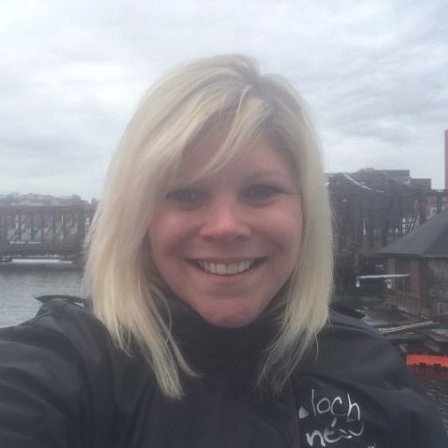
Elaine K. Howley is a freelance journalist for various publications. An award-winning writer specializing in health, fitness, sports and history, her work has appeared in numerous print and online publications, including U.S. News, AARP.org, espnW, SWIMMER magazine and Atlas Obscura. She’s also a world-record holding marathon swimmer with a passion for animals and beer. Contact her via her website: elainekhowley.com.
Related Articles
Topics: Administration , Clinical , Resident Care , Risk Management


